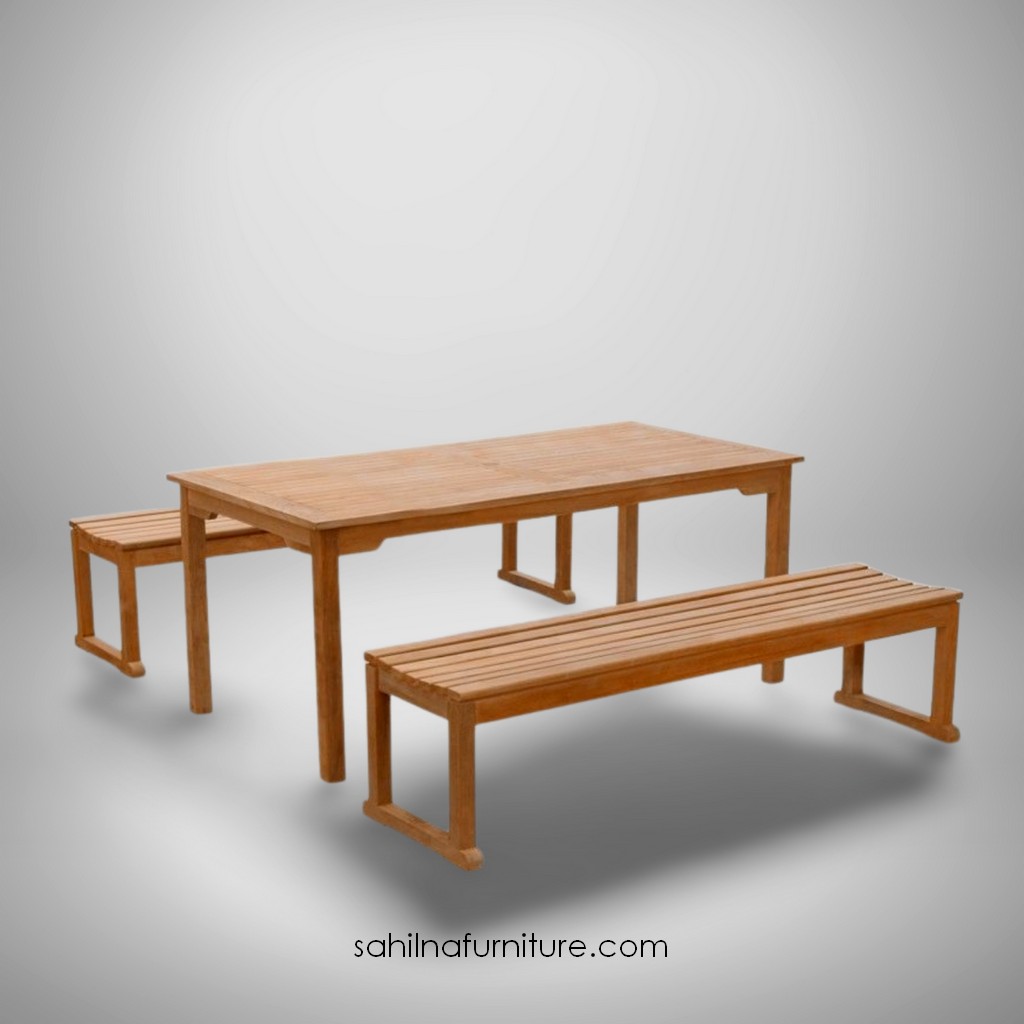Jepara, a small town located in Central Java, Indonesia, has long been recognized as the heart of the country’s furniture industry. Known for its exquisite woodwork, particularly teak and mahogany furniture, Jepara has built a reputation that extends far beyond Indonesia’s borders.
The town’s rich history, skilled artisans, and distinctive carving techniques have played a pivotal role in the growth and development of the furniture industry in Jepara.
Historical Roots
The furniture industry in Jepara traces its origins back to the 16th century during the reign of the Majapahit Kingdom. The art of wood carving was brought to Jepara by traders and artisans from other regions.
However, it was during the colonial period under Dutch rule that the industry began to gain prominence. The Dutch, impressed by the craftsmanship of Jepara’s woodworkers, started commissioning furniture pieces for export to Europe. This marked the beginning of Jepara’s global presence in the furniture market.
The craftsmanship of Jepara is deeply rooted in tradition, with skills passed down from generation to generation. Families have continued to preserve these traditional techniques, ensuring that the unique style and quality of Jepara furniture remain intact.
This continuity has been one of the key factors in the resilience and sustainability of the industry over the years.
Growth and Modernization
In the mid-20th century, as Indonesia gained independence, Jepara’s furniture industry began to evolve. The demand for handcrafted furniture increased, both domestically and internationally. This period saw a significant rise in the number of small-scale furniture workshops across Jepara.
These workshops started catering to a broader market, producing a wide range of furniture items, from traditional Javanese styles to more contemporary designs.
The 1980s and 1990s were a turning point for the industry. The Indonesian government, recognizing the potential of Jepara’s furniture industry, introduced policies to support and promote it. This included providing training programs for artisans, improving infrastructure, and facilitating access to international markets. The introduction of modern machinery and tools during this period also played a crucial role in enhancing production capacity and efficiency.
As the global demand for furniture grew, so did Jepara’s prominence in the international market. Exporting to countries in Europe, Asia, and North America became a significant part of the industry’s operations.
The town became synonymous with high-quality, handcrafted furniture, attracting buyers from all over the world.
Challenges and Adaptation
Despite its success, the furniture industry in Jepara has faced several challenges. The depletion of natural resources, particularly teak wood, has been a major concern. Over the years, unsustainable logging practices have led to a decline in the availability of high-quality wood, which is essential for furniture production. This has forced many artisans to turn to alternative materials or lower-quality wood, affecting the overall quality and reputation of Jepara furniture.
Additionally, the industry has had to contend with the rise of mass-produced furniture from other countries, particularly China. These products, often cheaper and more readily available, have posed a significant threat to the traditional handcrafted furniture that Jepara is known for.
However, the artisans and entrepreneurs in Jepara have shown resilience in the face of these challenges. Many have adapted by incorporating modern designs, using environmentally friendly materials, and adopting sustainable practices to ensure the longevity of the industry.
The rise of e-commerce has also provided new opportunities for the furniture industry in Jepara. Artisans can now reach a global audience without relying solely on traditional export channels. Online platforms have enabled them to showcase their products directly to consumers around the world, opening up new markets and increasing their revenue streams.
The Future of Jepara’s Furniture Industry
Looking ahead, the future of Jepara’s furniture industry lies in its ability to innovate while preserving its rich cultural heritage. There is a growing trend towards sustainable and eco-friendly products, which Jepara’s artisans can capitalize on by using certified wood and promoting sustainable practices. Additionally, the industry needs to continue embracing digitalization to compete in the global market.
The government and private sector must also work together to address the challenges facing the industry. This includes implementing stricter regulations on logging, providing financial support for small-scale artisans, and investing in research and development to explore new materials and techniques.
In conclusion, the furniture industry in Jepara has come a long way from its humble beginnings. It has grown into a globally recognized industry that continues to contribute significantly to the local economy. With a strong foundation in tradition, a commitment to quality, and a willingness to adapt to changing times, Jepara’s furniture industry is well-positioned to thrive in the years to come.



